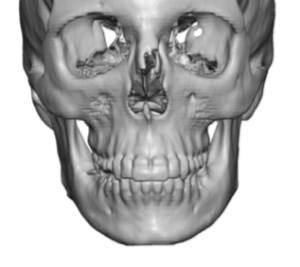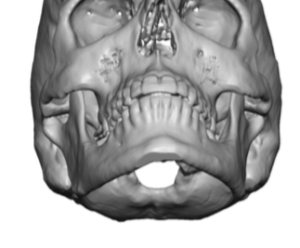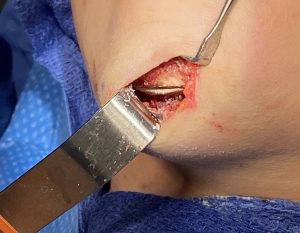While the entire face can be affected by congenital asymmetry the lower jaw is commonly involved. Beyond the severe congenital jaw asymmetries which are associated with major brachial arch deficiencies (e.g., hemifacial microsomia) the far more common jaw asymmetries are more ‘aesthetic’ in nature. This means that the occlusion is fine and there may not even be much of an occlusal cant but there are moderate changes in the shape of the jaw. Depending upon the type of facial asymmetry the lower jaw can be vertically short and pulled up with an overall vertical facial shortening. The other type of lower jaw asymmetry is when it is vertically longer due to an overgrowth on that side and that side of the face is longer.
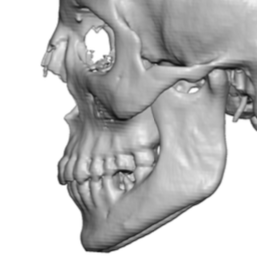

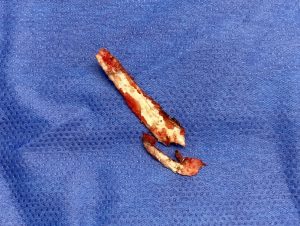
Dr. Barry Eppley
Indianapolis, Indiana




